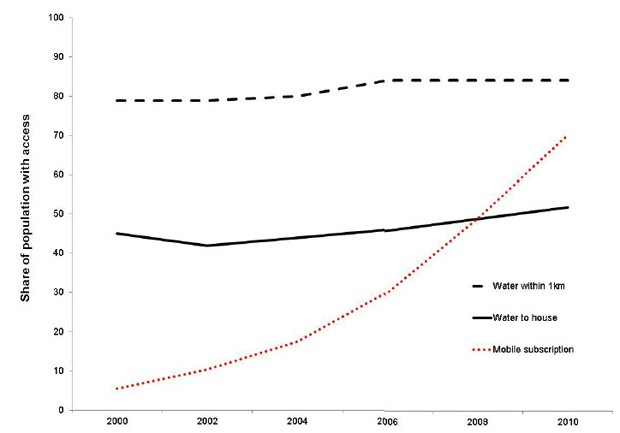
The City of Darebin in Melbourne is looking at the possibility of imposing a higher property rate – up to four times the standard commercial rate – on franchised fast food restaurants in the municipality. According to the local paper:
A report by council officers into a campaign against Type 2 diabetes found planning controls could not be used to stop franchises opening, particularly in a Business 1 zone. But it found a higher differential rate for fast-food chains could act to “curb the increase” of people developing diabetes.
Council’s concern at the health effects of fast food is understandable – lifestyle-related conditions like obesity and Type 2 diabetes are major public policy challenges. It’s a public health problem that seems analogous to smoking.
It doesn’t automatically follow however that what Council’s contemplating is an effective way to go about addressing the issue. I’m not convinced.
Even assuming Council’s mooted rating plan could achieve its intended goal of reducing the number of franchised fast food outlets within the municipality (in itself a big assumption), I doubt it would actually deliver much in terms of improved community health.
Darebin is not a big municipality (there are 31 in Melbourne) so I expect the vast bulk of residents would simply travel a little further to neighbouring municipalities to get their Red Rooster and Hungry Jacks. They’d do that almost entirely by driving.
That wouldn’t be a good use of their time and the extra driving wouldn’t be good for sustainability. All that, and what they’re eating wouldn’t change. Moreover it would impose the additional travel cost on all fast food buyers irrespective of their health status.
Nevertheless it’s plausible some residents of the municipality would be deterred by the extra travel. I expect, though, they’d mainly be occasional eaters of fast food, not the habitual junk food consumers most vulnerable to the negative health effects of bad diet.
It’s not obvious that residents who’d otherwise happily eat at McDonalds and KFC but for the greater difficulty of getting there, would instead eat something healthier. They’d be very likely, I think, to instead avail themselves of the numerous other non-franchise junk food options within the City of Darebin, both those that already exist plus those that might step into the vacuum created by the departure of the big chains.
For example, they might buy deep fried fish and chips, pies, pizzas, kebabs, hamburgers, cakes, confectionary or dozens of other options from numerous small high street shops or in the food courts of shopping centres. Or alternatively they might pull pies and chips out of the freezer and zap them in the microwave, all washed down with a large bottle of Coke.
Councillors should have a good look at the fat and sugar content of the goods lining the shelves of the municipality’s supermarkets. They might be surprised at how much shelf space is devoted to high calorie confectionary, soft drinks, snack food, prepared meals and frozen food.
There are also some practical considerations Council needs to take into account. How, for example, would Council levy the differential rate on fast food chains located in hard-top shopping centres like Northland? How would it deal with chains like SUBWAY that require customers to choose the ingredients in their sandwiches?
It’s also worth asking if Council could even do what it proposes. Could it lawfully impose a higher rate on selected food retailers in order to achieve a purpose the relevant Act arguably wasn’t designed to achieve? Would it be ultra vires? I’ll leave the answer for the lawyers.
The key problem for this initiative, though, is the idea that junk food is only sold by major fast food franchises. That’s where the seemingly obvious parallel with smoking breaks down.
A better analogy with tobacco is high-fat and high-sugar processed foods rather than one segment of the retail food industry. The issue is high concentrations of these source ingredients in manufactured “fast” foods irrespective of how they’re delivered to market.
Even then, though, the analogy isn’t perfect because obesity and type 2 diabetes aren’t solely a function of what goes into the body – the level of physical activity is also an important factor. (I wonder too if the genetic predisposition to disease is more variable in relation to diet than it is in relation to smoking?)
Reducing excessive consumption of all food with negative health effects for some population groups is the sort of issue that’s best approached at a higher level than local government. Education and regulation of advertising and marketing would be smarter approaches.







Crikey is committed to hosting lively discussions. Help us keep the conversation useful, interesting and welcoming. We aim to publish comments quickly in the interest of promoting robust conversation, but we’re a small team and we deploy filters to protect against legal risk. Occasionally your comment may be held up while we review, but we’re working as fast as we can to keep the conversation rolling.
The Crikey comment section is members-only content. Please subscribe to leave a comment.
The Crikey comment section is members-only content. Please login to leave a comment.